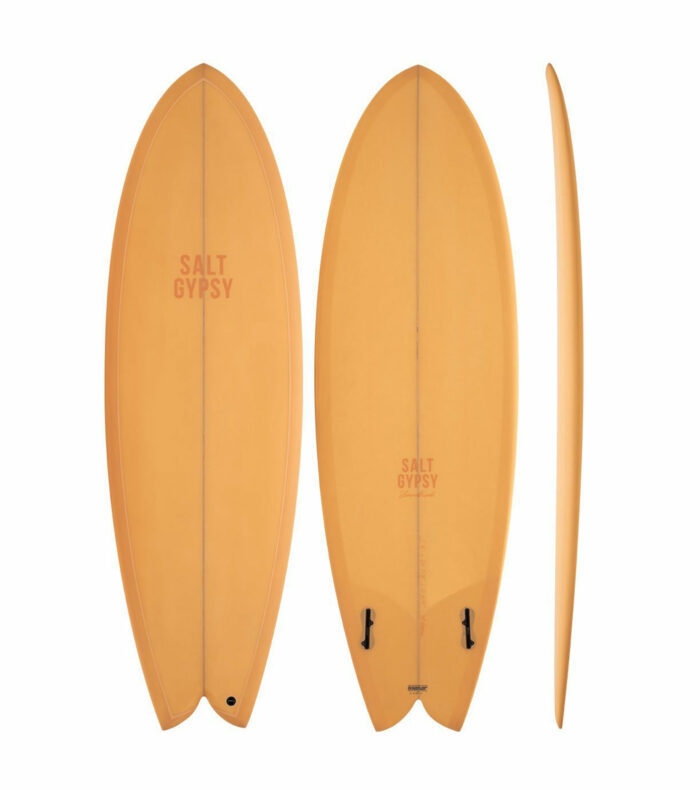Description
In the true essence of the twin fin, the Shorebird will feel fast, loose and have lots of forward drive. The twin is a great option because the absence of the centre fin reduces drag considerably, and it’s therefore easier to generate down-the-line speed. The pivoting capabilities of the twin will also make for smooth, effortless turning in small to medium size waves.
From a design perspective the Shorebird lends from the old-school keel twin with a relaxed yet fast rocker, and a vee-to-single concave bottom that will instil trust in the rider when she takes off and starts to drive off the bottom. The traditional beak nose positions additional volume under the chest for easy wave catching. The modern elements include a narrower tail which allows for a tighter
turn and assists with getting the board on rail for those surfers really leaning into their turns.
This is a board that will actually satisfy a wide range of abilities and surf conditions from beach breaks to point waves and reefs. Essentially, it targets surfers who have some experience riding waves who want a ‘short’ surfboard with performance, flow and good vibes all rolled into one board.
| Dimensions | Volume |
| 5’8” x 20 1/4″ x 2 3/8” | 31.0 ltr |
| 5’11” x 20 1/2″ x 2 1/2″ | 34.0 ltr |



